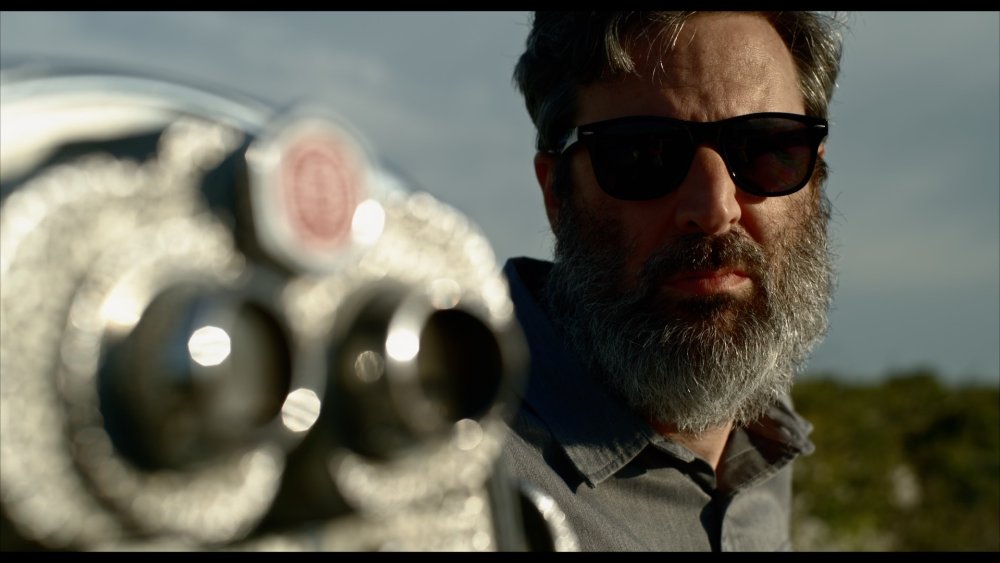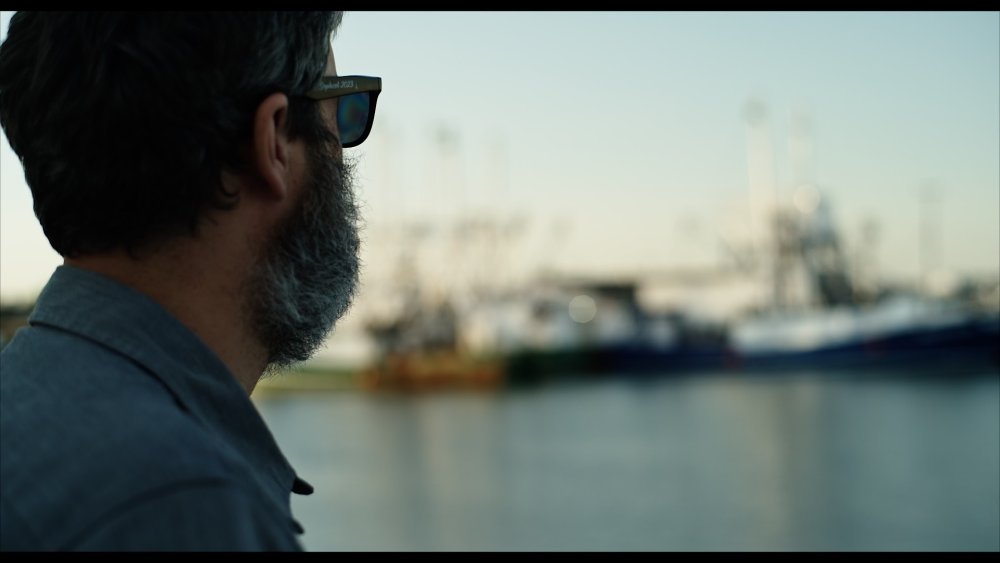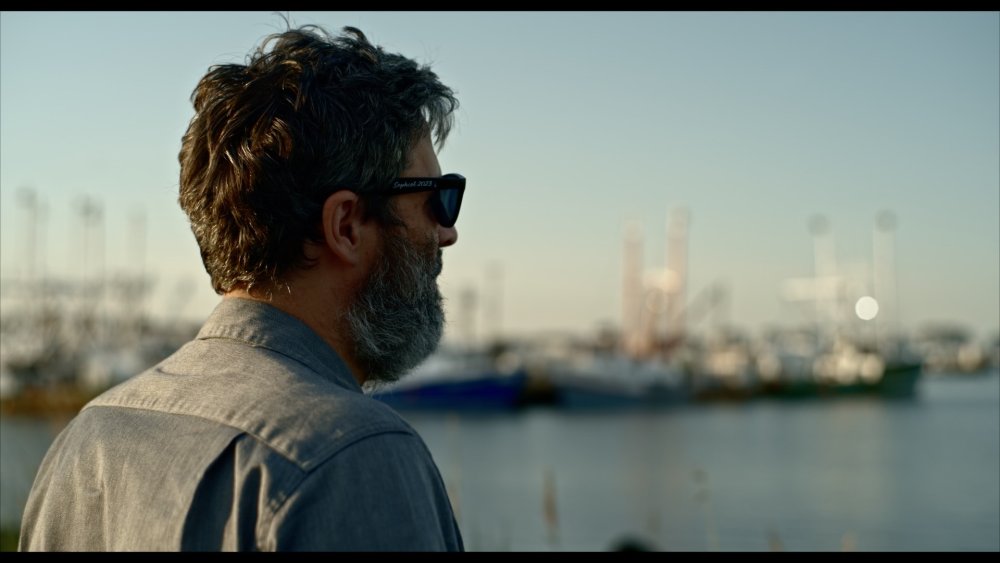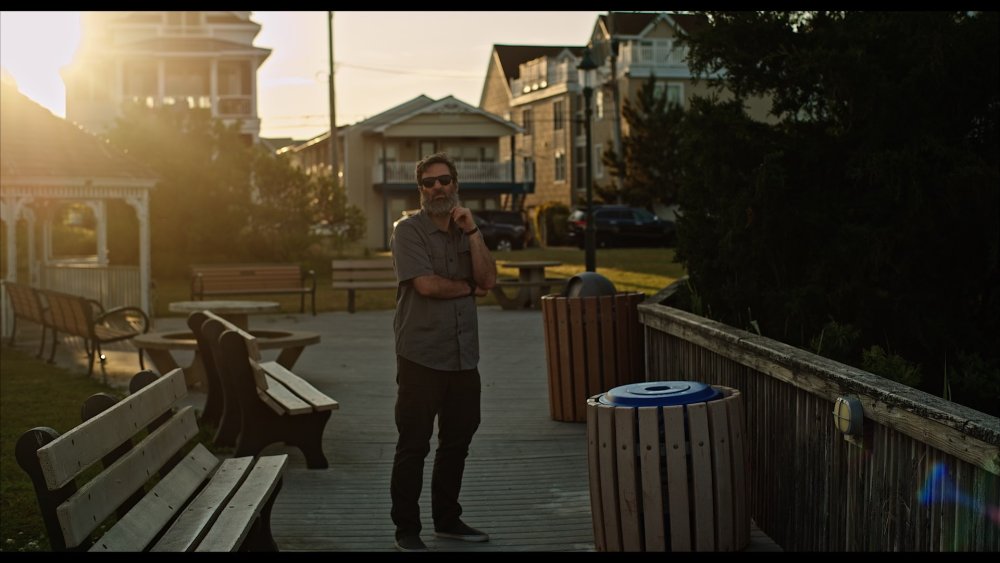Leaderboard
Popular Content
Showing content with the highest reputation on 06/01/2023 in all areas
-
Quite a few people on here are filming things like weddings or concerts where you need to run multiple cameras for a long time and have them run unsupervised because they're operating a roaming camera while the others are rolling. In these situations it's not uncommon for each camera to need to record for an hour or more, sometimes in full sun, without encountering any issues. If you are shooting a wedding with three cameras and one of them shuts down after 25 minutes then you're potentially screwed in the edit. I've watched wedding videographers edit a 3-camera multi-cam from a wedding ceremony and even though they didn't have a camera overheat and stop working, there were points in the edit when two of their three camera angles were unusable and they were down to one usable angle. Had that camera overheated, they'd have been down to zero (or forced to use the angle that was setup when everyone was sitting but in the moment that everyone stood up it just showed the backs of the people sitting in the back row - not exactly a professional moment). Add to this the fact that in these situations it's useful to have identical cameras so that all the lenses and cards and accessories are all interchangeable. So if one camera is at risk of overheating then it isn't impossible to have multiple cameras overheat, which would well and truly screw you. Besides, 87F is pathetic in terms of overheating tests.... I have overheated an iPhone before because it was 107F, I was recording clips that were several minutes long, it was in full sun, and the brightness of the screen was up full so that I could see what I was pointing the camera at. I literally submerged half of it in a river to cool it down because I was missing moments (the people swimming in the river). You can't do that with most cameras, and if they overheated without them being attended, you'd never know until it was too late. One thing that causes almost all the head-scratching (and starts almost all the arguments) is when one person cannot understand that someone else uses their equipment differently, to achieve a different result, for a different audience. I suggest you start paying closer attention to how people talk about their camera choices - video is one of those fields where there are lots of ways of doing things and where techniques from one approach can be really handy to understand in your own work which might be very different.2 points
-
To expand on the above, here is a list of all the "layers" that I believe are in effect when creating an image - you are in effect "looking through" these items: Atmosphere between the camera and subject Filters on the end of the lens The lens itself, with each element and coating, as well as the reflective properties of the internal surfaces Anything between the lens and camera (eg, speed booster / TC, filters, etc) Filters on the sensor and their accompanying coatings (polarisers, IR/UV cut filters, anti-aliasing filter, bayer filter, etc) The sensor itself (the geometry and electrical properties of the photosites) The mode that the sensor is in (frame-rate, shutter-speed, pixel binning, line skipping, bit-depth, resolution, etc) Gain (there are often multiple stages of gain, one of which is ISO, that occur digitally and in the analog domain - I'm not very clear on how these operate) Image de-bayering (or equivalent for non-bayer sensors) Image scaling (resolution) Image colour space adjustments (Linear to Log or 709) Image NR, sharpening, and other processing Image bit-depth conversions Image compression (codec, bitrate, ALL-I vs IPB and keyframe density, etc) Image container formats This is what gets you the file on the media out of the camera. Then, in post, after decompressing each frame, you get: Image scaling and pre-processing (resolution, sharpening, etc) Image colour space adjustments (from file to timeline colour space) All image manipulation done in post by the user, including such things as: stabilisation, NR, colour and gamma manipulation (whole or selectively), sharpening, overlays, etc Image NR, sharpening, and other processing (as part of export processing) Image bit-depth conversions (as part of export processing) Image compression (codec, bitrate, ALL-I vs IPB and keyframe density, etc) (as part of export processing) Image container formats (as part of export processing) This gets you the final deliverable. Then, if your content is to be viewed through some sort of streaming service, you get: Image scaling and pre-processing (resolution, sharpening, etc) Image colour space adjustments (from file to streaming colour space) All image manipulation done in post by the streaming service, including such things as: stabilisation, NR, colour and gamma manipulation (whole or selectively), sharpening, overlays, etc Image NR, sharpening, and other processing (as part of preparing the steam) Image bit-depth conversions (as part of preparing the steam) Image compression (codec, bitrate, ALL-I vs IPB and keyframe density, etc) (as part of preparing the steam) Image container formats (as part of preparing the steam) This list is non-exhaustive and is likely missing a number of things. It's worth noting a few things: The elements listed above may be done in different sequences depending on the manufacturer / provider The processing that is done by the streaming provider may be different per resolution (eg, more sharpening for lower resolutions for example) I have heard anecdotal but credible evidence to suggest that there is digital NR within most cameras, and that this might be a significant factor in what separates consumer RAW cameras like the P2K/P4K/P6K from cameras like the Digital Bolex or high-end cinema cameras ..and to re-iterate a point I made above, you must take the whole image pipeline into consideration when making decisions. Failure to do so is more likely to lead you to waste money on upgrades that don't get the results you want. For example, if you want sharper images then you could spend literally thousands of dollars on new lenses, but this might be fruitless if the sharpness/resolution limitations are the in-camera-NR or you might spend thousands of dollars getting a camera that is better in low-light when there is no perceptible difference after the streaming service has compressed the image so much that you have to be filming at ISO 10-bajillion before and grain is visible (seriously - test this for yourself!).2 points
-
I am not the "one person" who does not understand the different uses of cameras and techniques. What I do not understand is why anyone thinks this camera is suited for mounting on a tripod and shooting video for an hour. Nothing wrong with the use, what is wrong is thinking this camera is at all suited for this purpose. Get over it already. It is not. There is no point acquiring a camera whose most important feature is compactness for mounting on a tripod and shooting video for an hour. Obviously. Get an fx3 and be done with it, already. The ZV E1 camera is for portability, handheld use. For relatively short takes; not 5 seconds, but not 10 minutes either. In any temperature. Would I prioritize the camera in non-pathetic 105 F temperature? No.1 point
-
Oh yes, forgot about the SSD... 🤪 And what it came down to in the end for me was I only wanted the S5iix over the standard 5ii for personal aesthetic reasons, otherwise it doesn't offer a me a single thing I want or need. I'd add a Q3 into that numberbet soup. And surely, an X2D100C should be added into that mix? Not for it's video capabilities of course, because it has precisely zero, but just because it is an image making beast. But I am honestly honestly honestly happy with my body and lens line up now. It took some sorting out along with shooting modes and all manner of factors, but I have the whole kit and caboodle now nailed down from shooting through edit to delivery. Until anything future L Mount appears in the wild whether it be Lumix, Leica or Sigma... But even then, it will need to be something pretty special as there is currently nada on my shopping list in terms of needs or requirements. Well, except for I'd still like Sigma to make me a constant aperture f2.8 50-150mm or even just a Contemporary version of the 70-200mm f2.8. Otherwise spent up and done for '23!1 point
-

New Fuji X-S20 (with DCI & UHD 60p plus 6.2K/30P 4:2:2 10-bit internal)
ac6000cw reacted to Marcio Kabke Pinheiro for a topic
Yep, the main reason for me to keep the Sigma is the constant aperture - most for the hassle to readjust exposure / ND filter after changing the focal lenght. About OIS, yes, is a necessity for non-IBIS bodies (and the OIS of the 18-55 Fuji is kinda good for video, for OIS standarts), but with OIS, it performed better than the Fuji - because Fuji tune their IBIS for photos, not for video. With the Fuji, small movements becomes "jumpy", because you start the move the camera, and suddenly IBIS realizes it and tries to catch up; with the 18-55 OIS, this behaviour is amplified. With the Sigma, it is less apparent. To Fuji becomes perfect, they need to hire an AF guy from Sony and a IBIS guy from OM Digital or Panasonic...1 point -
Panasonic S5 II (What does Panasonic have up their sleeve?)
inspiredtimothy reacted to Phil A for a topic
In Switzerland a new S5II from a store is 1763 CHF while the S5IIX is 2599 CHF... so hard to justify the price difference, considering what you can get for the 200$ firmware upgrade... so I guess with some luck, one might get a used S5II for 1000 less than a new S5IIX at this point. But I have to agree that I feel like there's a big opportunity missed by not having BRAW to an SSD instead of to an external recorder.1 point -
Panasonic S5 II (What does Panasonic have up their sleeve?)
zerocool22 reacted to PannySVHS for a topic
@zerocool22 You can stay cool, Braw is over hdmi only, to an external recorder. 🙂 That´s with both, the S5II and the S5IIX as well.1 point -
Panasonic S5 II (What does Panasonic have up their sleeve?)
PannySVHS reacted to zerocool22 for a topic
Exactly, I am so bummed out about buying the s5ii now I know I could record braw to ssd with the s5iix.1 point -
Panasonic S5 II (What does Panasonic have up their sleeve?)
deezid reacted to ade towell for a topic
This is great news although may cost me more money if it works the same on the upcoming S5ii firmware upgrade. Wasn’t interested in ProRes RAW but I love working in Resolve and Braw seems to offer a nice simple workflow with all the benefits of RAW on certain projects when needed. Look forward to more of your observations1 point -
Lenses
Ricardo Constantino reacted to mercer for a topic
In my previous post, I mentioned that I was going through my lenses and thinning the herd. Well today I have a few samples from the Zeiss ZF Classic 50mm 1.4. I bought this lens a couple years ago for VERY little money. The body had a little wear, but the price was so good, I decided it was worth it and if I didn't like it, I could EASILY recoup my costs. When the lens arrived, it had a couple issues... the Nikon F to EF adapter that was included (a "bonus!" according to the seller) was stuck on the lens... the lever that is used to release the adapter from the mount was broken off. At the time it wasn't a huge deal because I was using it on an EF camera. Here's a frame from it on my 5D3 with ML Raw... So it seemed to be a good sample but when I tried to attach a VND, I quickly realized that the threads were messed up... I could screw the filter in but it definitely wasn't right. By the feel and sound of it, it seems like the lens was dropped in the dirt. Luckily, nothing was affected mechanically, or optically, so it's no huge issue. Eventually, I'll buy a step up ring but for testing purposes, a filter will screw on with enough patience. Anyway, I bought a Sigma FP last fall and since then I have been testing different lenses with it looking for a simple little set up. So far I like the camera. It has a pretty nice image, but I'm not wowed by the IQ like I was when I first bought my 5D3... but that's a story for another time. As I mentioned in my previous post, I built a basic set of fast Nikkor ai-s lenses and I plan on selling off everything else. I'll keep a few random lenses that I really like. Back to the Zeiss... to test it with the FP, I needed to remove that damn bent adapter. Well it was no match for a pair of dykes and some needle nose pliers. In mere minutes I turned the "bonus!" adapter into a pile of metal shards. So, after enlisting my actor friend, I decided to take the lens out for a test run with the FP. Here are the results... As I mentioned earlier, I have a hot and cold feeling toward the FP, but on that day, maybe it was the light, or the beat up, pseudo-modern Zeiss optics, I think I have one of those random keeper lens... Now I just need to refrain from building a set of Zeiss lenses... Easier said than done. Thanks for reading my long, unscientific, anecdotal review.1 point -
Lenses
Ricardo Constantino reacted to PannySVHS for a topic
The well known Tokina 28-70 2.6-2.8 in Nikon Mount is nice n affordable with sufficient MF for video.1 point







